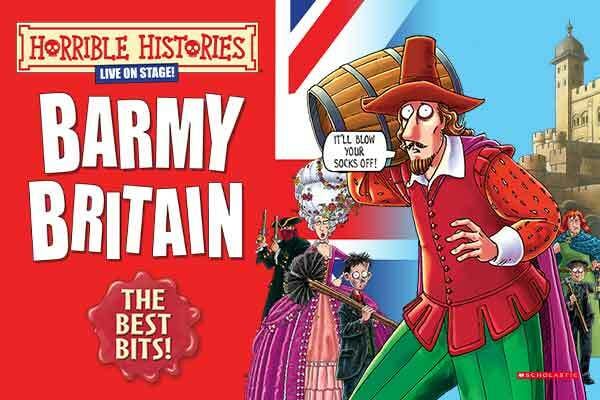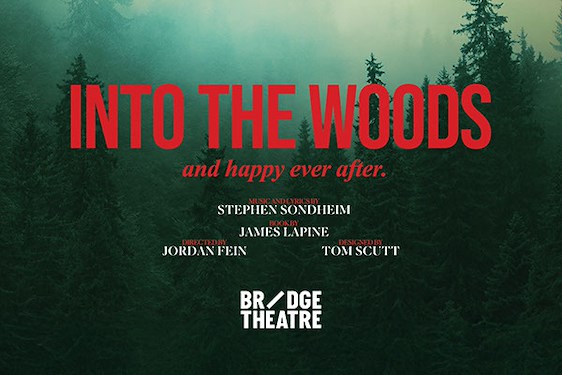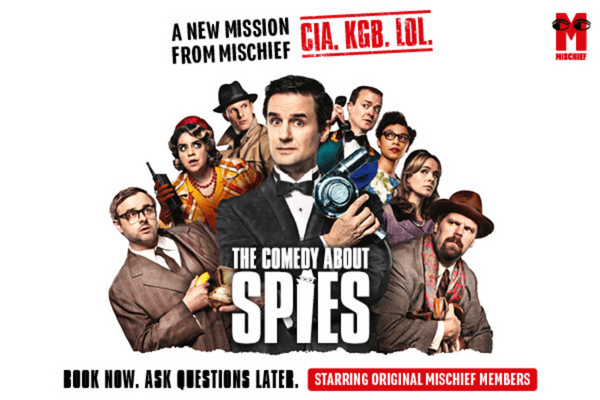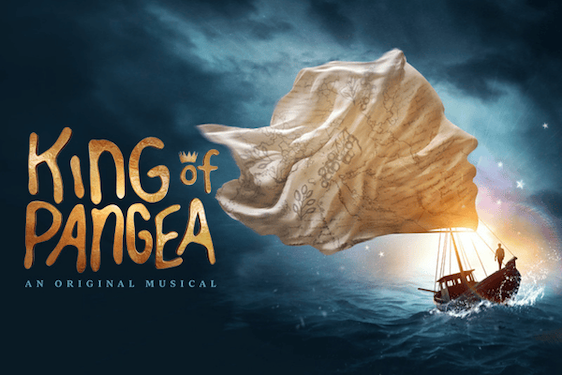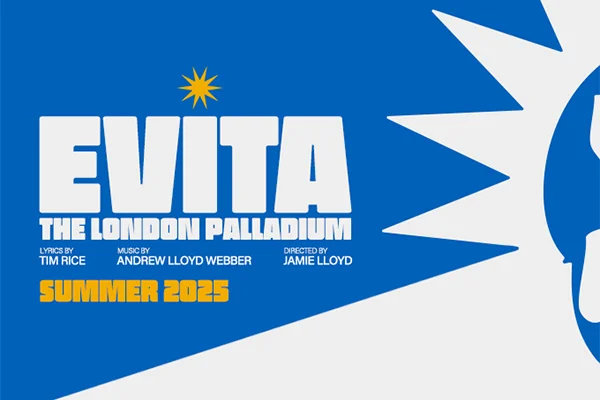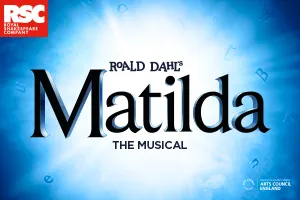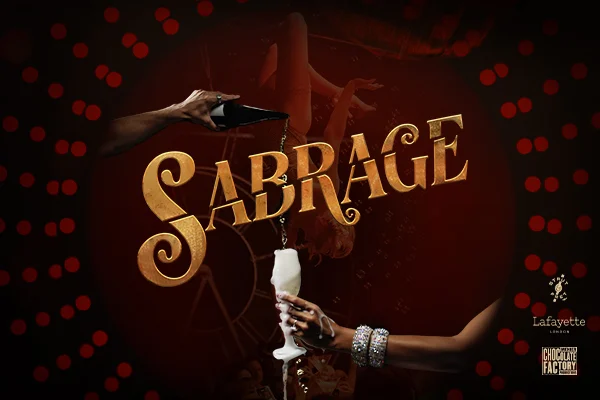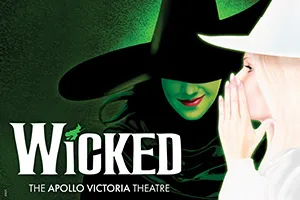Hilarious, slick, moving and deeply powerful, it is clear why Mathew Bourne’s
Love is probably too gentle a word for this tortured, violent sexual attraction
Framed by palace scenes (the Royal bedroom and later ball) plus segues to a sleazy nightclub and posh opera house, there is much satire, contrasting costumes and choreography, all brilliant. However, it is the swan scenes which take your breath away. Apart from a delightful vignette from the cygnets and their memorable music, the male swans are not camp, but supremely masculine, muscular and strong, with the black streak down their foreheads, bare torsos, shaggy leggings and aggressive behaviour. Forget swans gliding gracefully on serene lakes. Real swans are dangerous creatures and danger is the operative word for these dancers. The choreography cleverly imitates the movements of real swans, an arm draped over the head with the hand hanging down suggests a wing, hands held together like beaks, jerky movements and sudden turns of the head or violent twitches of a leg and, most impressively the hissing, evoking a frisson of both fear and delight. The chief swan (Rory Macleod) is particularly frightening, staring from his lowered head. The Prince's dreams of freedom with the Swan (the white swan of the classical ballet) are overturned when he reappears in human form as the Stranger, (the black swan of the ballet), here a louche predatory bounder, in the ballroom scene. He seduces everyone, and cleverly, there are hints of the swans’ hand gestures and neck movements in the ballroom dancers’ choreography.
The Prince (Leonardo McCorkindale) likewise is also a superb actor as well as dancer, and we feel his anguish as we follow his journey discovering his sexuality through his dreams of a male swan and then when he first views a nude male statue, his despair, and confusion (a strangely erotic scene with his mother), funny but poignant scenes with his ‘Essex Girl’ girlfriend (Bryony Wood, who incidentally is hilarious with her many faux pas) and the mockery he endures from other males.
Mention must be made of the impressive synching of gestures and movements of the company as servants, nurses etc, the many humorous details, especially a corgi on its morning walk, a sly nod to our own royalty and the Prince’s yawning during royal duties. The sleazy nightclub and its dubious encounters are a great contrast to the opera house scene opening with a pose from Kurumi Kamayachi (the only dancer en pointe) leaning on the floor with one leg extended, reminiscent of Victorian photos of prima ballerinas.
Lez Brotherston’s costumes have a terrific variety from those of nightclub goers, butterfly ballerinas and black slinky ballroom dresses. His sets are, as usual, outstanding: an enormous royal bed, a silver moon, a high barred window, open windows in the ballroom leading onto a balcony, all so economical yet suggesting whole worlds. In particular an empty long mirror the Prince gazes into, and his shadow played on the wall behind, graphically suggests the despair he feels about his unresolved sexual identity.
Perhaps the choreography of the company is a bit repetitive at times but impressive solos and duets make up for this. A must-see show, ground-breaking in its interpretation but also in the company’s promotion of its next generation young dancers, Matthew Bourne is surely awakening interest in dance in young audiences and as a career for male dancers.







